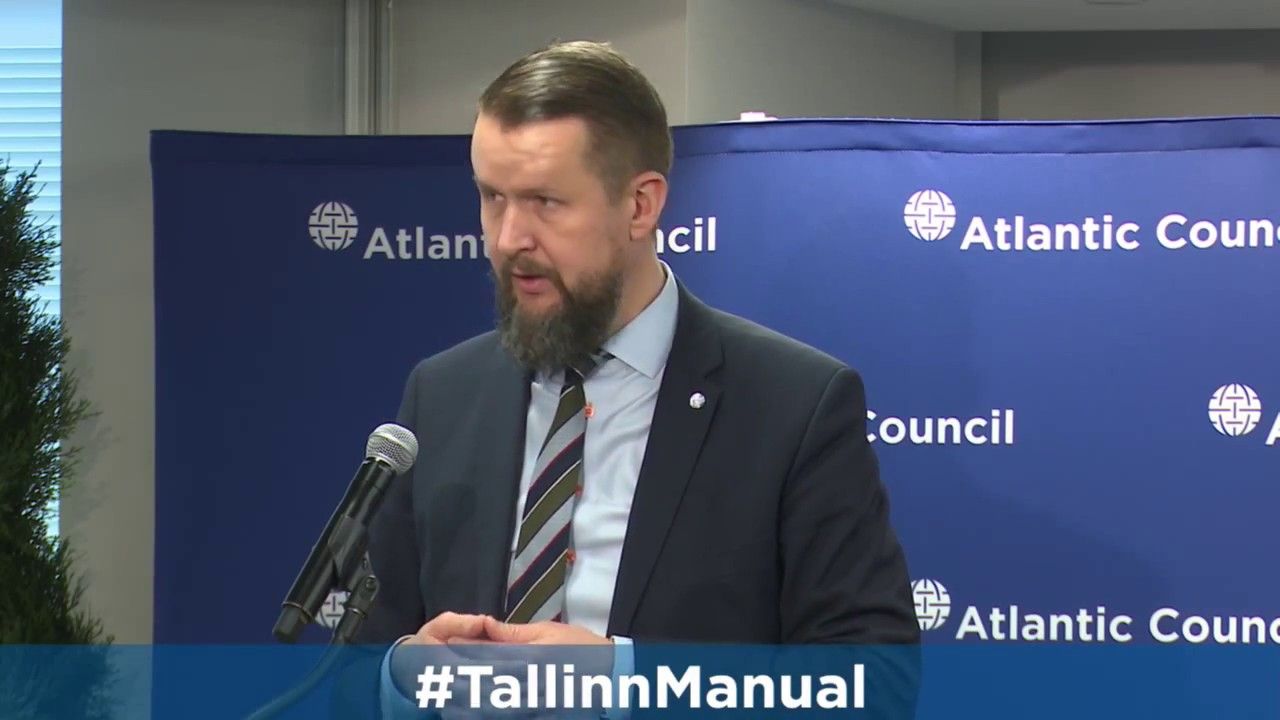Don’t be the CIO that sees their own this market as most Healthcare CIO’s will not allowed to stay given they are now a brand liability not to mention all those lawsuits that are coming from lawyers of the patients.
Electronic health record databases proving to be some of the most lucrative stolen data sets in cybercrime underground.
Medical insurance identification, medical profiles, and even complete electronic health record (EHR) databases have attracted the eyes of enterprising black hats, who increasingly see EHR-related documents as some of the hottest commodities peddled in the criminal underground. A new report today shows that complete EHR databases can fetch as much as $500,000 on the Deep Web, and attackers are also making their money off of smaller caches of farmed medical identities, medical insurance ID card information, and personal medical profiles.
The data comes by way of a report from Trend Micro’s TrendLabs Forward-Looking Threat Research (FTR) Team, which took a comprehensive look at how attackers are taking advantage of healthcare organizations’ weaknesses to devastating effect. Cybercriminals always have their eyes open for new profitable revenue streams, and the poor security around increasingly data-rich EHR systems pose a huge opportunity for the bad guys.









